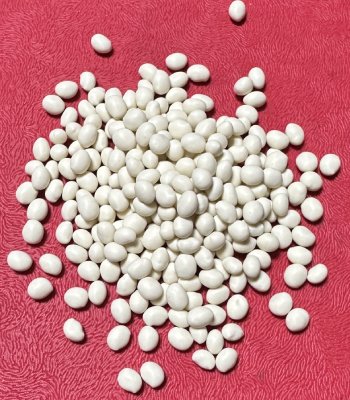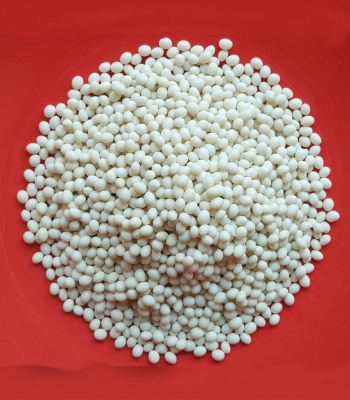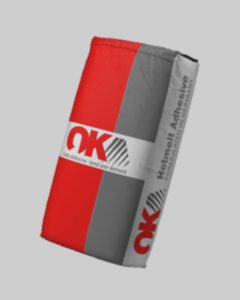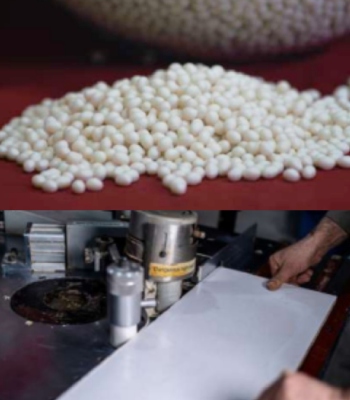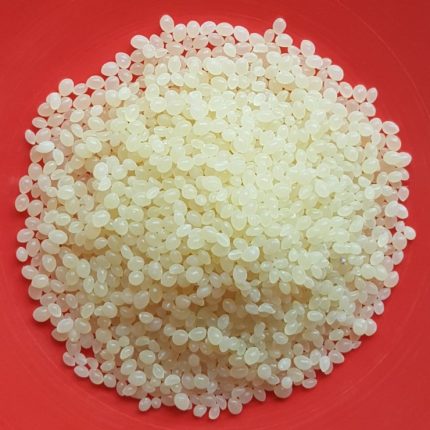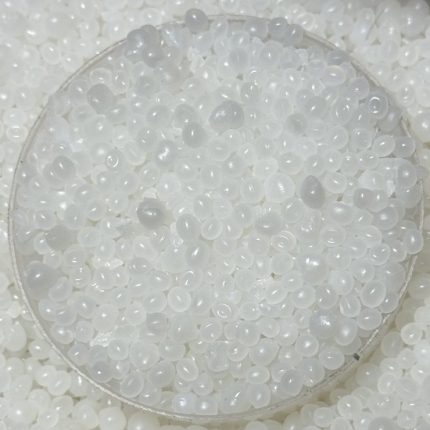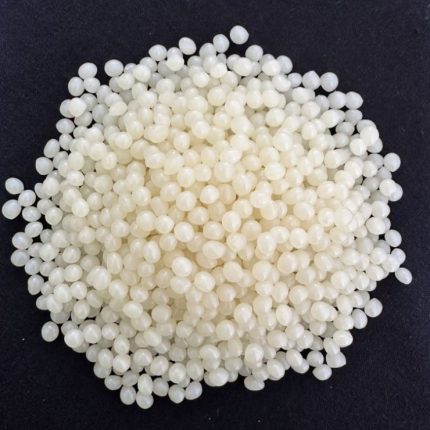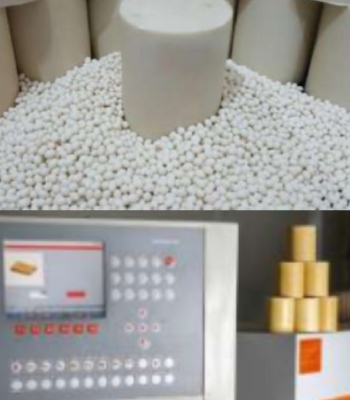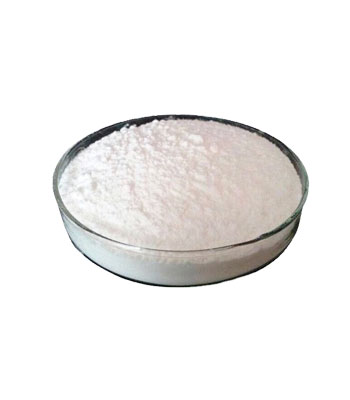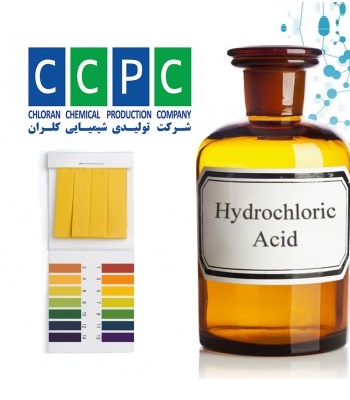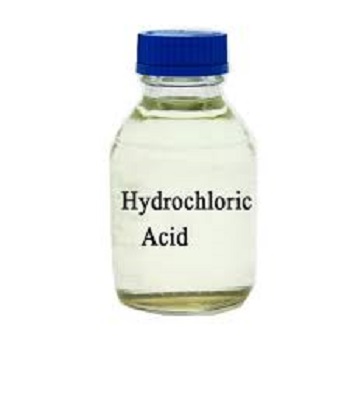Hot-Melt Adhesive OKAMelt-4040
2.141,00 €Min Order= 25 Tons
Packing= 25 kg
container= 20 ft.
The price is FOB Iran ports
The price is per Ton, Call for handling and shipping costs.
Gross Weight (Kg): 25 Kg
Hot-Melt Adhesive OKAMelt-5050
2.713,00 €Min Order= 25 Tons
Packing= 25 kg
container= 20 ft.
The price is FOB Iran ports
The price is per Ton, Call for handling and shipping costs.
Gross Weight (Kg): 25 Kg
Hot-Melt Adhesive OKAMelt-5100
2.328,00 €Min Order= 25 Tons
Packing= 25 kg
container= 20 ft.
The price is FOB Iran ports
The price is per Ton, Call for handling and shipping costs.
Gross Weight (Kg): 25 Kg
Hot-Melt Adhesive OKAMelt-5400
4.077,00 €Min Order= 25 Tons
Packing= 25 kg
container= 20 ft.
The price is FOB Iran ports
The price is per Ton, Call for handling and shipping costs.
Gross Weight (Kg): 25 Kg
Hot-Melt Adhesive OKAMelt-6100
2.625,00 €Min Order= 25 Tons
Packing= 25 kg
container= 20 ft.
The price is FOB Iran ports
The price is per Ton, Call for handling and shipping costs.
Gross Weight (Kg): 25 Kg
Hot-Melt adhesive OKAPack-9032
3.439,00 €Min Order= 25 Tons
Packing= 25 kg
container= 20 ft.
The price is FOB Iran ports
The price is per Ton, Call for handling and shipping costs.
Gross Weight (Kg): 25 Kg
Hot-Melt adhesive OKAPack-9033
3.329,00 €Min Order= 25 Tons
Packing= 10 / 20 Kg bags
container= 20 ft.
The price is FOB Iran ports
The price is per Ton, Call for handling and shipping costs.
Gross Weight (Kg): 25 Kg
Hot-Melt adhesive OKAPack-9035
3.241,00 €Min Order= 25 Tons
Packing= 10 / 20 Kg bags
Container= 20 ft.
The price is FOB Iran ports
The price is per Ton, Call for handling and shipping costs.
Gross Weight (Kg): 20 Kg
Hot-Melt Adhesive OKASlug-28010
57.966,00 €Min Order= 25 Tons
Packing= 25 kg
container= 20 ft.
The price is FOB Iran ports
The price is per Ton, Call for handling and shipping costs.
Gross Weight (Kg): 25 Kg
Hydrated lime
0,00 €| Model : | |
| Description : | Hydrated lime |
| Company name : | Shargh Industrial Lime Company |
| Packaging : | |
| Standard : | |
| Production power : |
Hydrochloric Acid
0,00 €| Model : | HCl |
| Description : | Purity: 31 – 33 % ; Unit: Kg |
| Company name : | Chloran Chemical Production Company |
| Packaging : | 220 Litre Drums, IBC, Bulk |
| Minimum order : | 1 |
| Standard : | ISIRI 209 |
| Production power : | |
| Payment type : | Cash |
Hydrochloric Acid
0,00 €DESCRIPTION
Hydrochloric acid, also known as muriatic acid, is an aqueous solution of hydrogen chloride. It is a colorless solution with a distinctive pungent smell. It is classified as a strong acid. It is a component of the gastric acid in the digestive systems of most animal species, including humans. Hydrochloric acid is an important laboratory reagent and industrial chemical.



